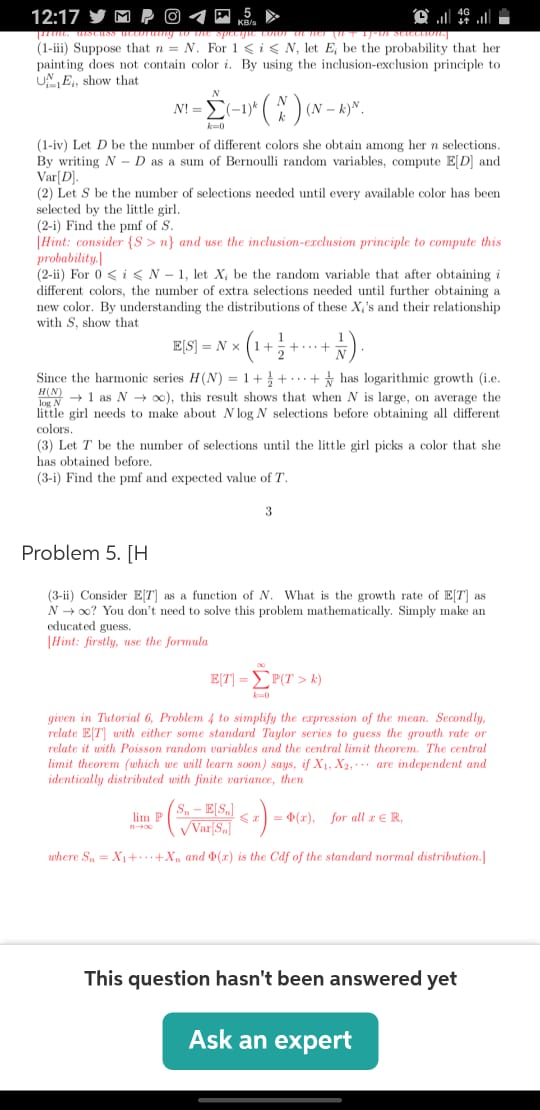Answered step by step
Verified Expert Solution
Question
1 Approved Answer
Discrete Mathematics sohdgbd 12:17 y M P O 5 KB/S all : all (1-iii) Suppose that n = N. For 1 n} and use the
Discrete Mathematics sohdgbd

Step by Step Solution
There are 3 Steps involved in it
Step: 1

Get Instant Access to Expert-Tailored Solutions
See step-by-step solutions with expert insights and AI powered tools for academic success
Step: 2

Step: 3

Ace Your Homework with AI
Get the answers you need in no time with our AI-driven, step-by-step assistance
Get Started


